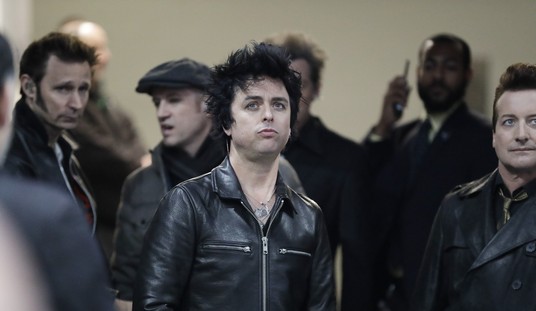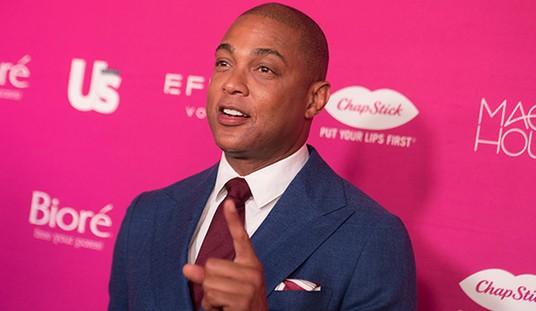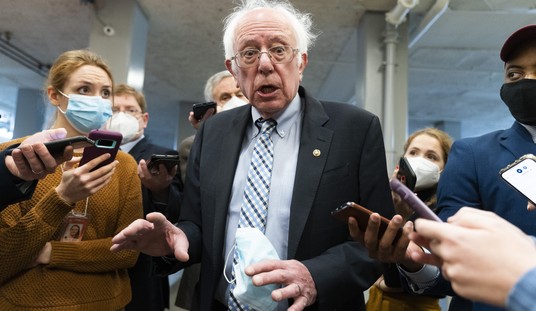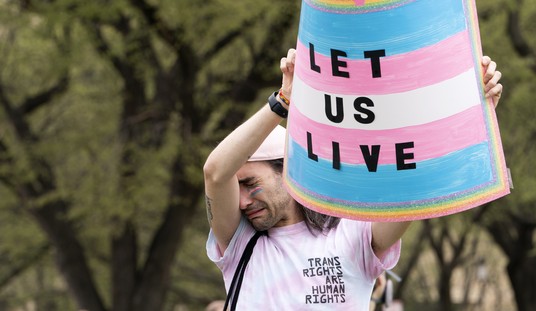The Ninth Circuit issued a split-the-baby ruling yesterday in former UCLA athlete Ed O’Bannon’s ongoing antitrust litigation against the NCAA. Like most split-the-baby rulings, it left neither side happy and wasn’t particularly well grounded in law. Essentially, the ruling included two orders that were “favorable” to the plaintiffs, declaring that: a) The NCAA could no longer prohibit member schools from giving athletes full scholarships that truly cover the cost of tuition including incidentals like textbooks and b) that NCAA athletes must be allowed to earn up to $5000 in “names, images and licensing” (NIL) payments, deferred to the time that they leave school.
The first order makes good, common sense and I have no fundamental problem with it. The second, however, is nonsensical on its face. If, as the Ninth Circuit found (and I agree) the NCAA’s amatuerism rules with respect to players’ NIL rights are an unreasonable restraint on trade, then what is the possible logical basis for capping those payments at $5,000 and requiring that they be deferred until after graduation?
This has always been the portion of the NCAA’s regime that has bothered me the most. I am at least partially sympathetic to the NCAA’s plea that it shouldn’t allow its member schools to pay athletes outright. The standard argument about the amount of money these programs make tends to view the sports in isolation – sure, football and men’s basketball viewed in isolation are revenue generation machines.
But the problem is that NCAA’s member schools are basically required – by law (thanks, Congress!) to have football and men’s basketball subsidize a bunch of women’s sports that no one wants to watch. As a result, this idea that college football players have that they should be paid a share of football revenue commensurate with their professional counterparts isn’t really sustainable fiscally – even if football, men’s basketball and baseball really do function as de facto minor leagues, and even if I think they should be paid something.
Still, even if you take all that into consideration, and even if you think NCAA athletes should be paid nothing for their actual athletic work, it’s galling to me that the NCAA can require, as a condition of participation in their minor league program, that athletes must give up their right to profit from the use of their own likeness, or their own signature. Students who are on an academic scholarship for their writing prowess are not prohibited from making money as a writer during college, nor are gifted physics students prohibited from making money from any patents they develop and sell*.
There is no persuasive reason why a college athlete should be prohibited from making money on his (or her) own time for the use of his or her own NIL rights, when no other similarly situated college student is placed under such restrictions. The NCAA’s stated defense for this policy – which is that eliminating it would have undesirable tertiary effects on competitive balance – is a bizarrely panglossian and in fact anti-competitive view of the marketplace itself.
Universities develop reputations in all other aspects of study and use those reputations in competition for the best and brightest students in given fields of study – part of the appeal being that going to a given university to study a given subject will result in more opportunities for money. Like it or not, this is already also true of athletics – it being well understood that certain programs are better at achieving exposure for their athletes on television and thus drawing the attention of pro scouts.
The Ninth Circuit essentially agreed that the restrictions did not make sense, which raises the immediate question of why allowing NIL royalties, but capping them at $5,000, and making athletes wait until after college to collect them, makes a bit more sense. And it’s especially offensive given that the NCAA’s member institutions are basically capitalizing off the NIL rights of the athletes without contributing to the athletes at all. If you went to any Florida State Seminoles football game over the last two years, you would have found #5 jerseys selling like hotcakes because people wanted to wear Jameis Winston jerseys. The University took all that money and Winston got none, even though it was his play that generated the revenue in question.
The bottom line here is, whether or not NCAA athletes should be paid for their on-field work, they should be allowed to capitalize on their NIL rights like everyone else in America can, to the fullest extent possible. The NCAA and its member institutions’ shameful exploitation of the labor of these student athletes must stop. Hopefully the Supreme Court will ultimately turn the NCAA’s corruption on its head before this is all said and done.
* I am fully aware that patents developed during the course of university research are as a matter of course assumed to be the property of the university; however, this is a contractual matter and the students voluntarily give up this right as a condition of participating in the research itself. To the extent that a student has his own idea, independent of a research program, and patents it, he may profit off of it just like anyone else.














Join the conversation as a VIP Member